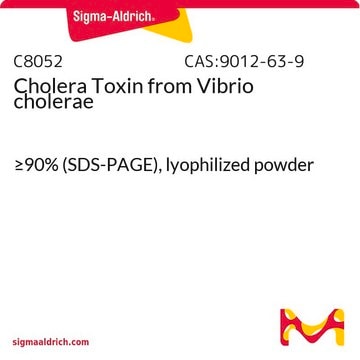H5885
Hydrocortisone
Sigma Reference Standard
Synonym(s):
11β,17α,21-Trihydroxypregn-4-ene-3,20-dione, 17-Hydroxycorticosterone, 4-Pregnene-11β,17α,21-triol-3,20-dione, Cortisol, Kendall’s compound F, Reichstein’s substance M
About This Item
Recommended Products
grade
Sigma Reference Standard
packaging
vial of 250 mg
technique(s)
HPLC: suitable
gas chromatography (GC): suitable
mp
211-214 °C (lit.)
format
neat
SMILES string
[H][C@@]12CCC3=CC(=O)CC[C@]3(C)[C@@]1([H])[C@@H](O)C[C@@]4(C)[C@@]2([H])CC[C@]4(O)C(=O)CO
InChI
1S/C21H30O5/c1-19-7-5-13(23)9-12(19)3-4-14-15-6-8-21(26,17(25)11-22)20(15,2)10-16(24)18(14)19/h9,14-16,18,22,24,26H,3-8,10-11H2,1-2H3/t14-,15-,16-,18+,19-,20-,21-/m0/s1
InChI key
JYGXADMDTFJGBT-VWUMJDOOSA-N
Looking for similar products? Visit Product Comparison Guide
Application
Biochem/physiol Actions
Packaging
signalword
Danger
hcodes
Hazard Classifications
Repr. 1A - STOT RE 2
target_organs
Adrenal gland,Bone marrow
Storage Class
6.1C - Combustible acute toxic Cat.3 / toxic compounds or compounds which causing chronic effects
wgk_germany
WGK 2
flash_point_f
Not applicable
flash_point_c
Not applicable
ppe
Eyeshields, Gloves, type P3 (EN 143) respirator cartridges
Choose from one of the most recent versions:
Certificates of Analysis (COA)
Don't see the Right Version?
If you require a particular version, you can look up a specific certificate by the Lot or Batch number.
Already Own This Product?
Find documentation for the products that you have recently purchased in the Document Library.
Our team of scientists has experience in all areas of research including Life Science, Material Science, Chemical Synthesis, Chromatography, Analytical and many others.
Contact Technical Service



